Hadal Zone
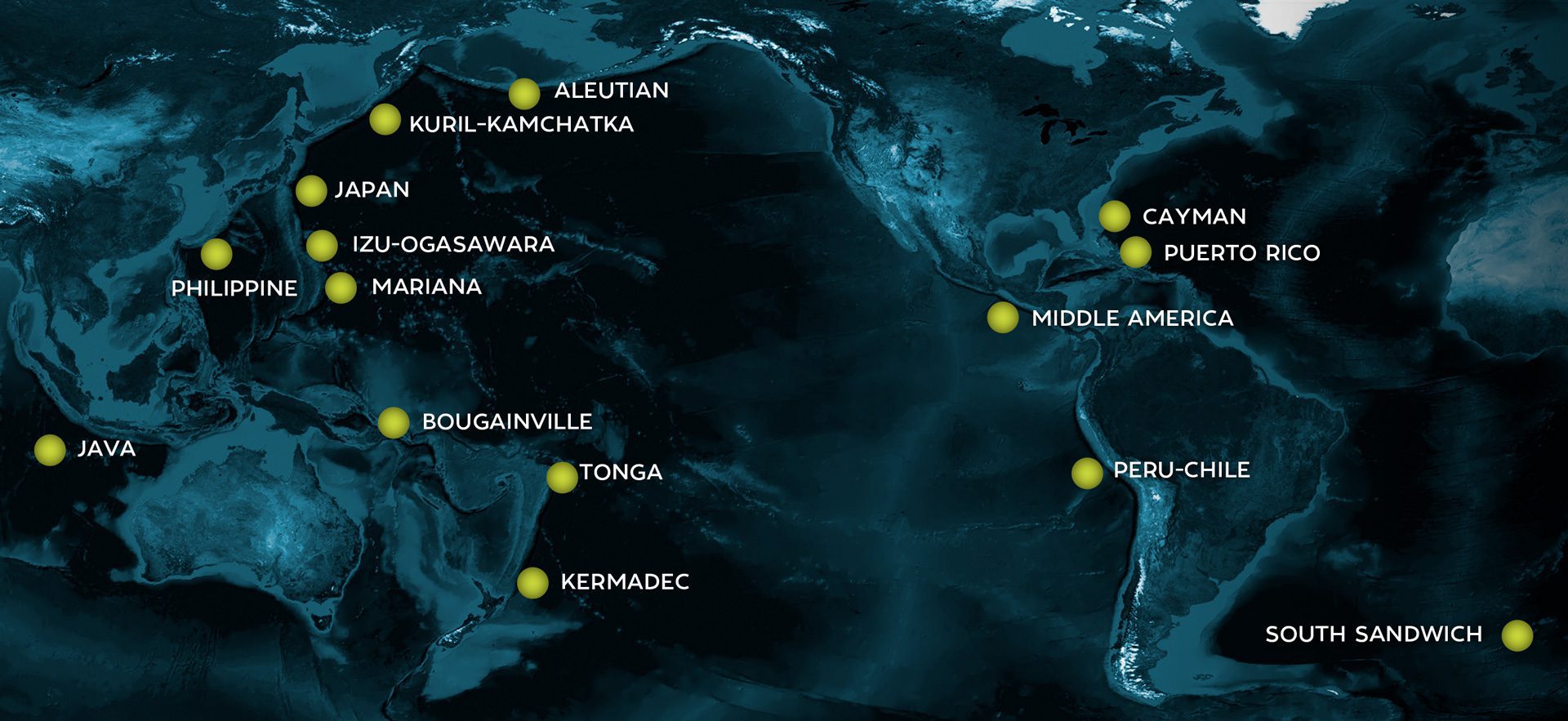
Global map of trenches
What is the hadal zone?
In most areas, the ocean floor lies 4,000 to 6,000 meters (13,000 to 20,000 feet) below the surface, but deep ocean trenches can extend this depth to 11,000 meters (36,000 feet). The region extending from 6,000 to 11,000 meters is called the hadal, or hadalpelagic, zone after Hades, the Greek god of the underworld. This zone occurs only in trenches; combined across all oceans, they make up an area about the size of Australia.
The hadal zone is characterized by extreme depth and pressure, temperatures that hover just above freezing, and complete darkness—at least in terms of light from the sun. Bioluminescence allows organisms in the ocean depths to communicate. Walls of trenches are steep and descend through a gradient of depths and pressures, creating a variety of habitats along the slope.
Why is it important?
Trenches occur where one tectonic plate is subducted under another, creating long, narrow submarine canyons. Movement of one plate over another can cause earthquakes and tsumanis that affect people on land, and understanding tectonic motion is essential for warning people who might be affected.
The steep walls are home to life forms found nowhere else on Earth. Studying these organisms can help us better understand adaptation to extreme environments. Some of these organisms rely on chemical energy from hydrothermal seeps along the ocean floor. Others depend on carbon-based matter that falls from upper layers of the ocean. Accumulation of carbon along the base of the trenches may play a key role in the carbon cycle and climate regulation. Exploring the hadal zone will advance knowledge that can be used when exploring oceans beyond Earth, such as those on the moons of Jupiter and Saturn.
What are ocean scientists doing to better understand the hadal zone?
Researchers are actively working to investigate trenches and the waters within them. To do so, WHOI’s HADEX program is collaborating with NASA’s Jet Propulsion Laboratory to develop technology that allows exploration of the hadal zone. This project is not without challenges, given the remote location and extreme topography and pressures found in ocean trenches.
Together, WHOI and NASA have developed Orpheus autonomous underwater vehicles (AUVs). These small AUVs can withstand pressure greater than 1,000 times that at the ocean’s surface (as occurs at the deepest points), and they can navigate narrow, rocky sections of trenches. Orpheus AUVs can work independently or in a “swarm” to explore, map, and analyze the water, seafloor, and organisms in the hadal zone. One of their primary benefits is their ability to reconfigure their mission on the fly if they encounter unexpected issues.
The HADEX program is setting out to compare life found in the hadal zone by studying its abundance and diversity in 1,000-meter intervals from 4,000 meters to the deepest points of trenches. Bacteria and other microbes make up the base of the food web at these depths, so researchers will also work to better understand the relationships between microbes, marine snow (sources of carbon), and larger organisms. And they will research how animals in the hadal zone are able to withstand extreme hydrostatic pressure.
WHOI. Ocean Trenches. https://www.whoi.edu/know-your-ocean/ocean-topics/seafloor-below/ocean-trenches
WHOI. HADEX. https://hadex.whoi.edu/
News & Insights
HOV Alvin temporarily halts engineering test dives
Test dives for Alvin’s 6500 meter certification have been postponed, a day after the sub reached a record 5338 meters (17,513 feet)
WHOI working to address ocean acidification; protect region’s vital shellfish industry
A new report addresses the impacts of ocean acidification in Massachusetts and New England coastal waters on the region’s vital seafood industry.
Wave Glider provides gateway to remote exploration
WHOI geochemist Chris German pairs an autonomous surface vehicle (ASV) called a Wave Glider with other vehicles to expand research here and on other Ocean Worlds
Hunger in the Arctic prompts focus on causes, not symptoms
As Arctic Inuit communities try to cope with extreme food insecurity, researchers look for answers
5 Questions with Dr. Amala Mahadevan
WHOI physical oceanographer sheds light on the climate-critical link between ocean currents and plankton
News Releases
Newly published study reveals diversity of novel hydrothermal vent styles on the Arctic Ocean floor
Woods Hole Oceanographic Institution and partners discover new ocean predator in the Atacama Trench
Microbe Dietary Preferences Influence the Effectiveness of Carbon Sequestration in the Deep Ocean
[ ALL ]
WHOI in the News
Woods Hole scientists explore new deep-sea phenomenon
Sandwich beachgoers invited to take photos in state coastline plan
Even ‘Twilight Zone’ Coral Reefs Aren’t Safe from Bleaching
[ ALL ]
From Oceanus Magazine
Unseen Ocean
Artist Janine Wong and scientist Jing He capture the art of currents in “Submesoscale Soup”
Deep-sea amphipod name inspired by literary masterpiece
Name pays tribute to Cervantes’ Don Quixote and reinforces themes of sweetness and beauty
Go with the flow
Mike Singleton, relief captain, R/V Neil Armstrong describes the intricate dance of navigating ocean currents during scientific expeditions
Nature’s Language
Using applied math (and chalk) to understand the dynamic ocean
Ocean in Motion
How the ocean’s complex and chaotic physics defines life on our planet

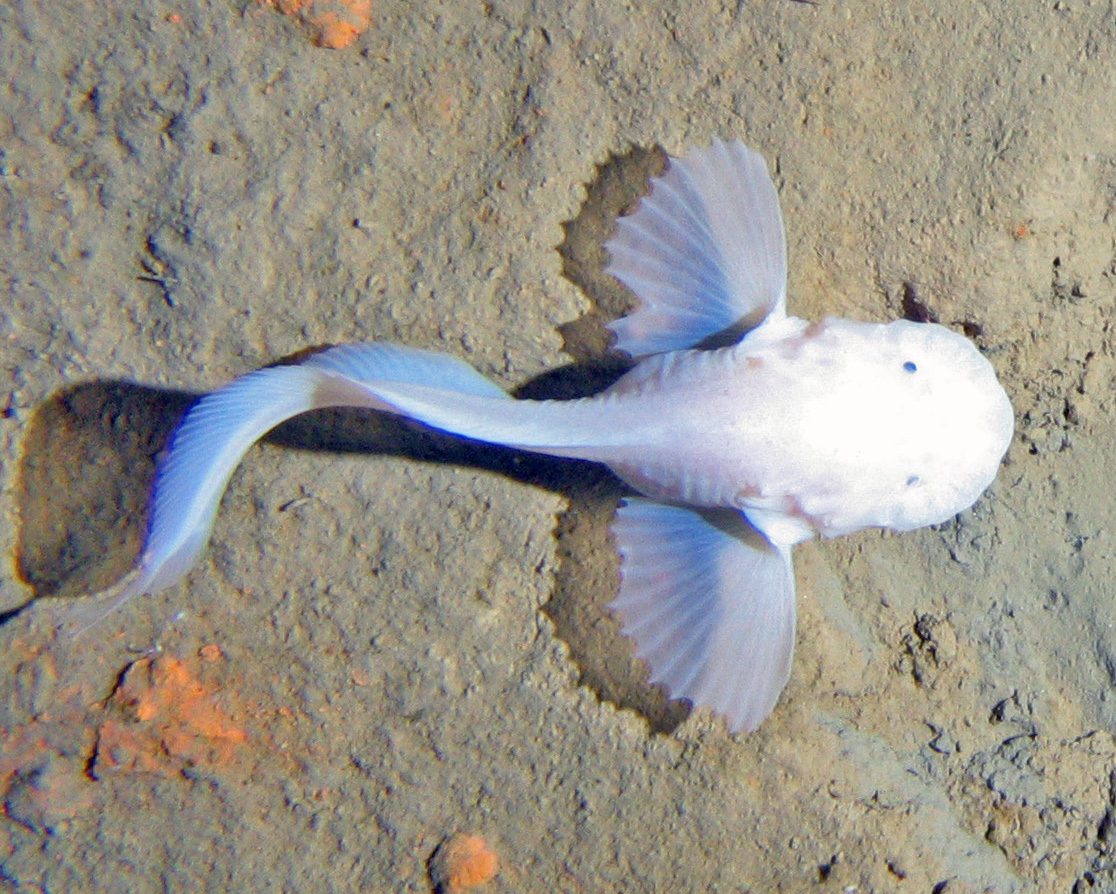

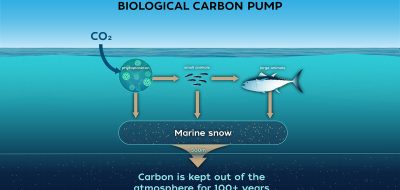
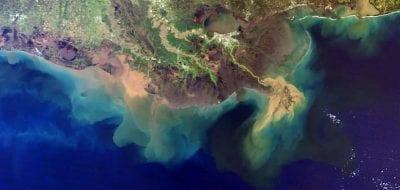
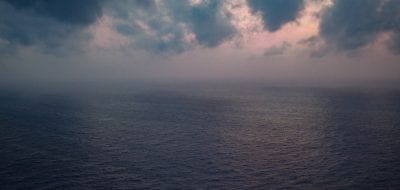
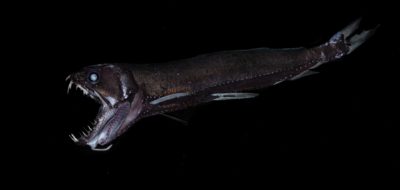
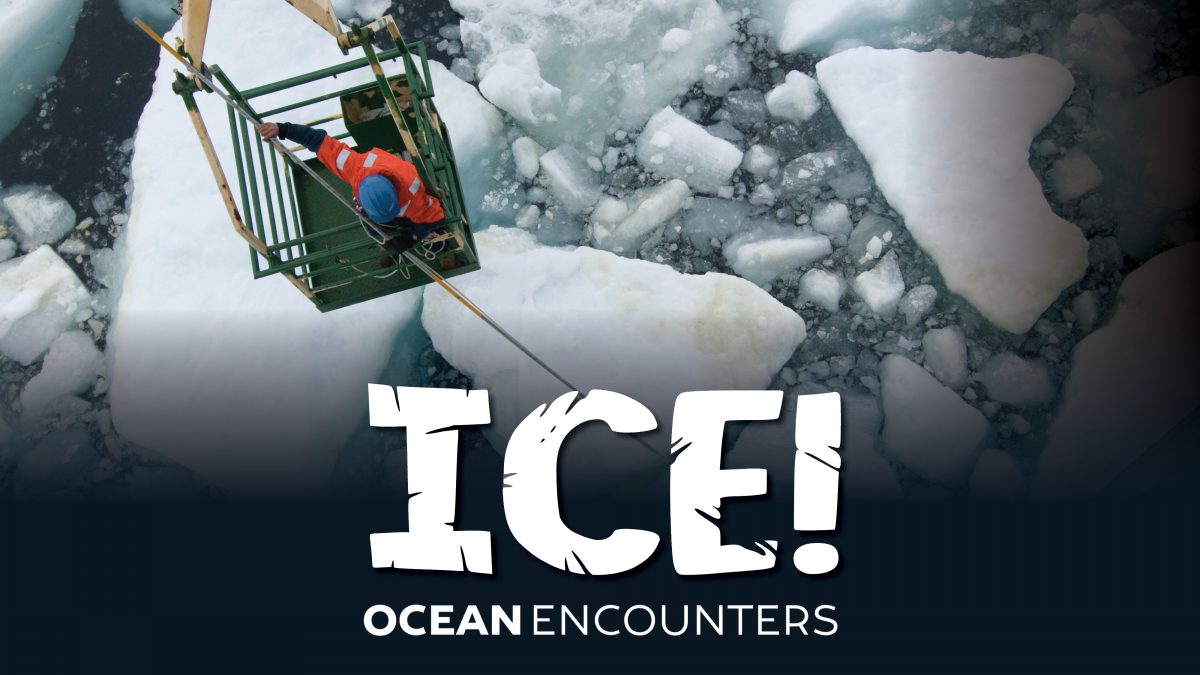
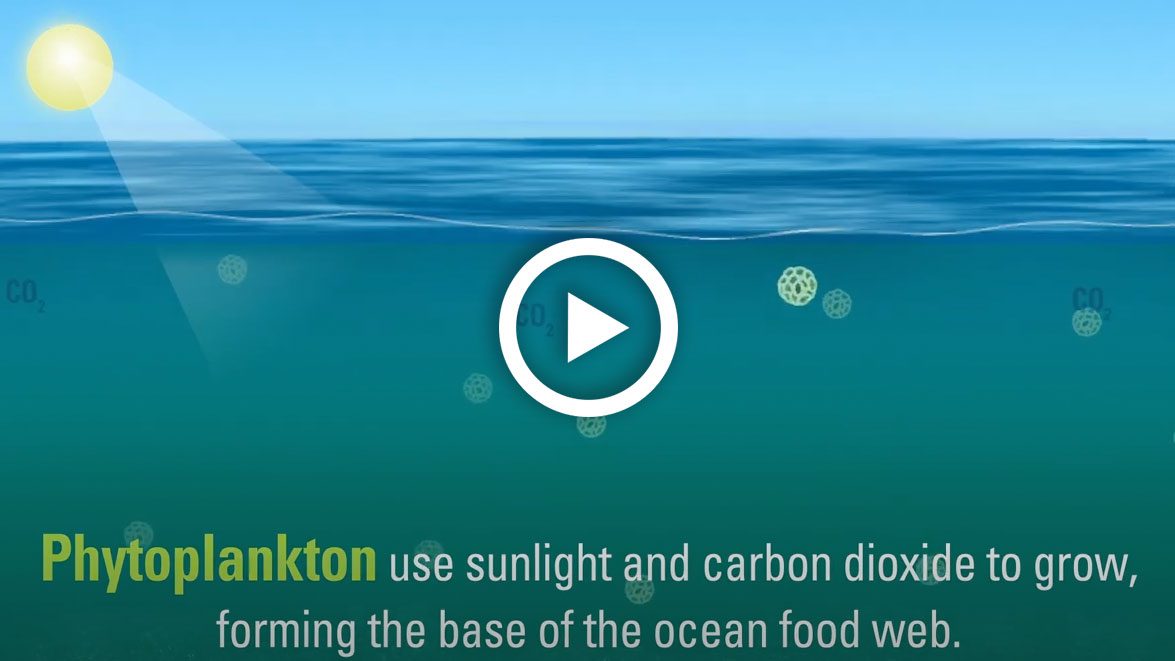
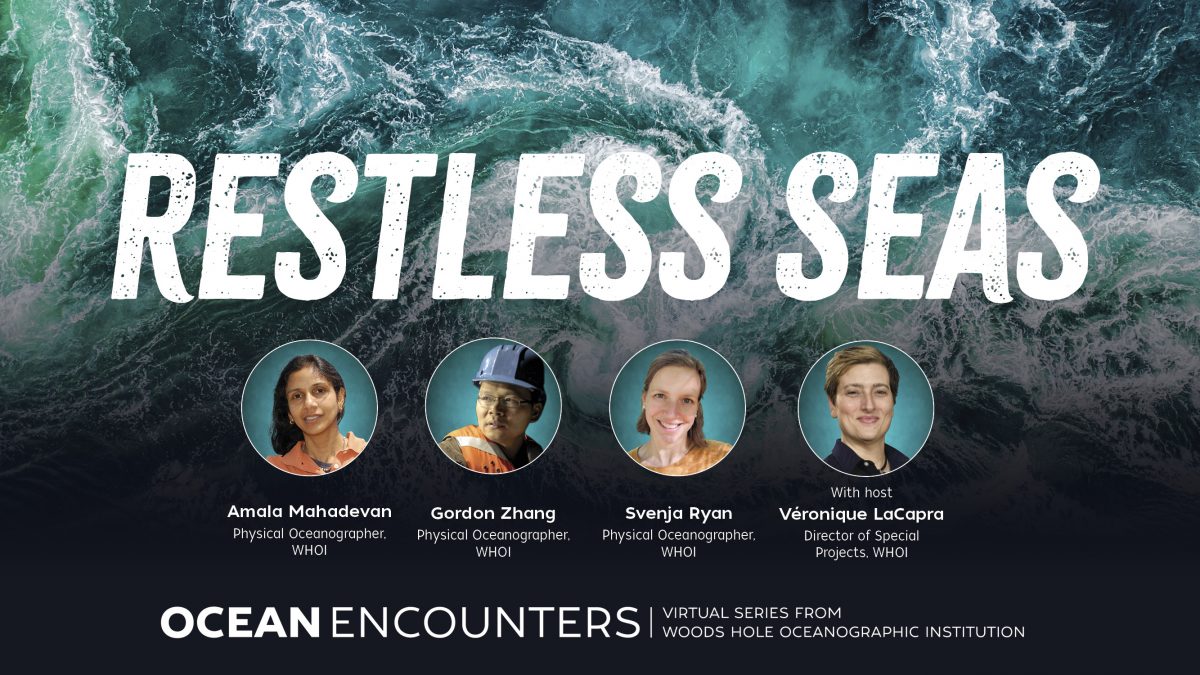
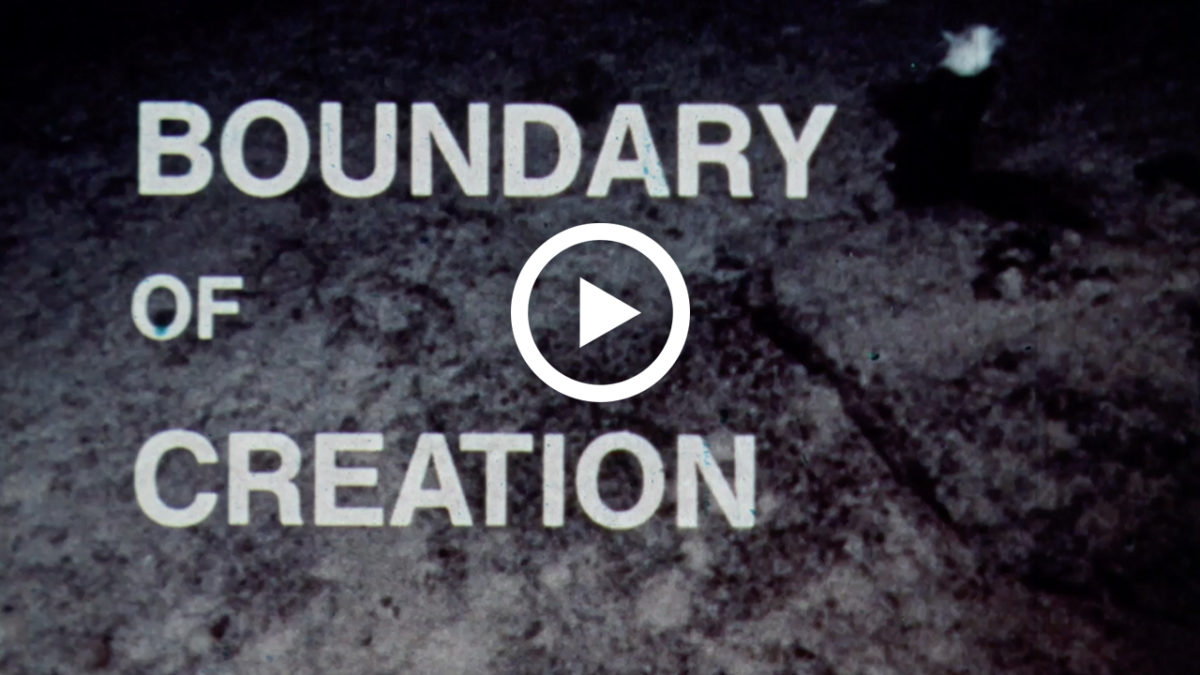

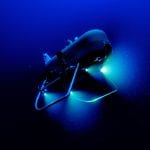 Abyssal Zone
Abyssal Zone 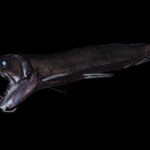 Midnight Zone
Midnight Zone 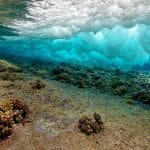 Sunlit Zone
Sunlit Zone 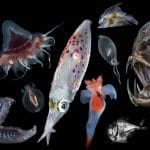 Twilight Zone
Twilight Zone